Heavy Sled Sprints for Maximizing Power & Speed
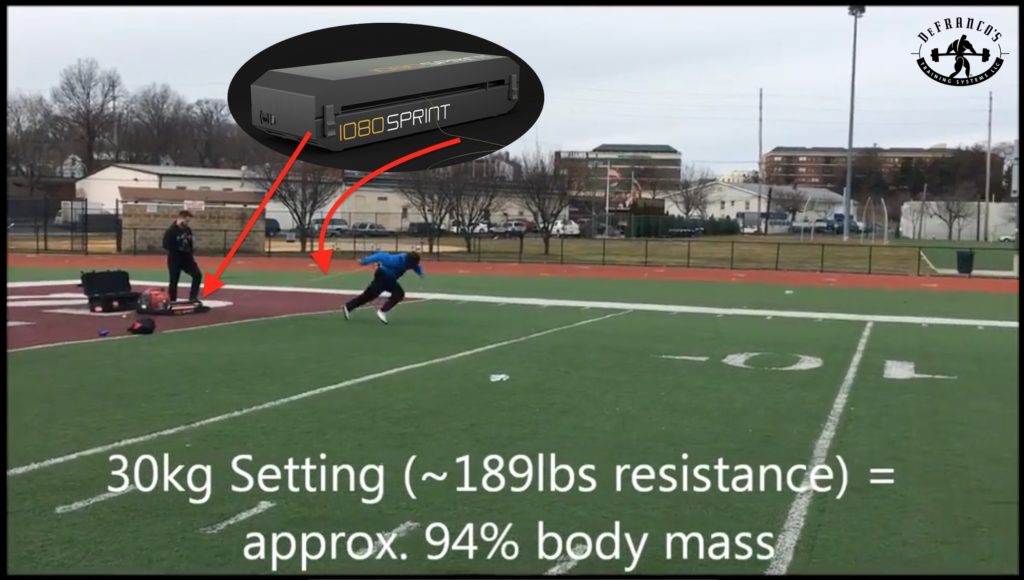
Released on May 4, 2017
DeFranco’s Director of Training, Cameron Josse, joins the show to discuss his recently published article – Maximum Power Sled Sprinting for American Football.
SHOW #TIMESTAMPS
1:20 – Joe gives an overview of today’s show topic
7:40 – Cameron Josse explains the back-story behind his recently published article/case study
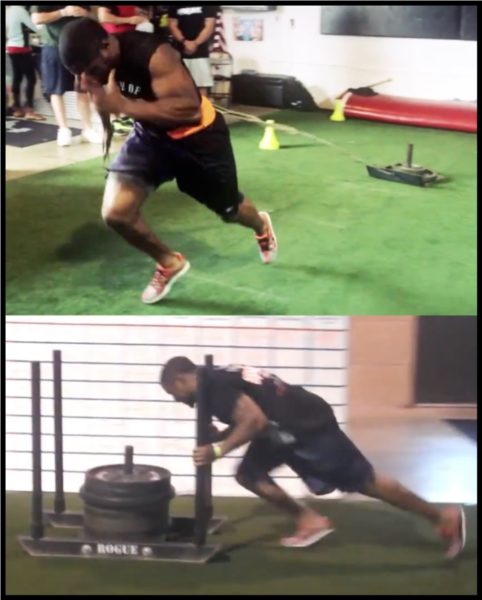
19:00 – The influence that Matt Cross, JB Morin and Pierre Samozino had on Cameron’s experiment
20:45 – New “crazy” sled loading recommendation for achieving maximum power output during sled sprints
33:00 – Finding your “maximal resisted sled load” and/or “load of max power”
37:45 – Cameron shares the weekly template his athletes utilized during the 4-week experiment
41:40 – Joe talks about classifying sled sprinting as “strength” work
45:30 – Cameron & Joe talk about improving 40-yard dash times without running full 40’s
48:50 – Increasing the “ratio of force” vs. prolonging the decrease in the ratio of force
51:35 – Cameron gives an example of his “Lower Body Workout #2”
58:05 – Recommendations for coaches who don’t have access to a 1080 Sprint machine
63:15 – Final recommendations & full weekly template revealed!
Important Links from the Show
- Maximum Power Sled Sprinting for American Football [Cameron's article]
- Optimal Loading for Maximizing Power During Sled-resisted Sprinting
- Resisted Sled Sprint Training - Part 1 - Methods of Sled Load Prescription [George Petrakos article]
- Programming for Resisted Sled Sprint Training [George Petrakos article]
- Follow @DeFrancosGym on Instagram!
- Follow @CamJosse on Instagram!
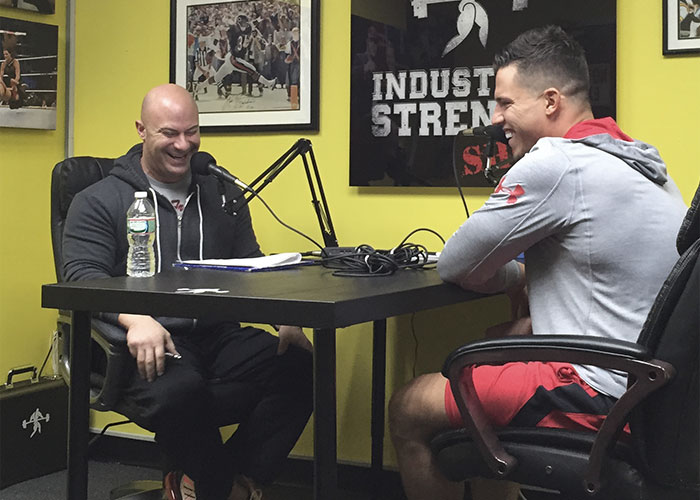
Thanks for listening!
Do you have feedback, questions or suggestions for the podcast?
Click here to send us feedback
Wanna become a SPONSOR? Click here to get started
Like the show? If you LIKED the show, we would truly appreciate it if you can take 60 seconds to give us “5 Stars” and write a short review (1-2 sentences is fine) on iTunes. We appreciate it!
-The Industrial Strength Show team
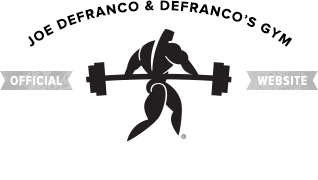






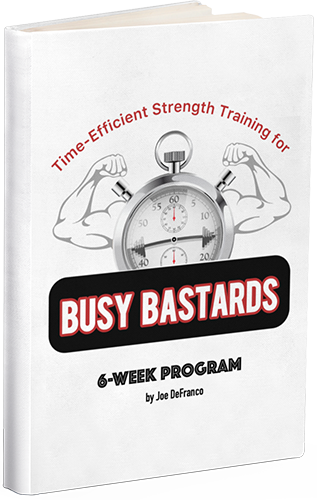
Great show!
Would these findings still hold true when working with hockey players? The reason I ask is that although hockey players must produce horizontal force, the force doesn’t seem like it would be as directly backwards as when sprinting with a sled since when skating the push off is both backwards and laterally.
So would the heavy sleds still have a place? Is there anything else that should be added to account for the lateral power needed when skating?(e.g. lateral jumps)
Thanks!
I am truly impressed at the work Mr. Josse put into this. Thank you for the information. I do have a question regarding the heavy sled tows. Did you use a belt or a harness? Did you see any problems with mechanics after any of the sled towing sessions, specifically, bending at the waist? I am assuming the glute bridge holds were to counteract this. If you were using the glute bridge holds to prevent the bend at the waist, what were your parameters (sets, reps and hold time) and was any resistance used for the glute bridge holds? Is it possible that one of the variables that allowed such a range of 40 time improvements (.1 to .3 seconds) could have possibly been connected to this? It would be an interesting case study to see if any mechanical changes occurred and if this may affect % of improvement and how effective a glute bridge hold is in preventing the change in mechanics. I am sure some athletes have the strength to resist any change from the sled but others do not. Do you think it would be worth looking at this from an evaluation standpoint after the first session to determine who is at risk for greater change to mechanics as compared to those who appear to have the adequate strength to resist the change?
Great podcast! One of the best, and more importantly most current, discussions on optimal load selection for resisted sprint work that I’ve heard. I’ve been in and out of the sprint world for the last 25 years and Joe’s observations on it are right on the money. Having said that, I think it’s important not to overlook the “learning curve,” either on the force or velocity side of the equation, that takes place. I’ve seen many HS 55m sprinters improve .1-.3 in a similar time period and, not only did they never do resisted sprint work, but they most likely got lost on their way to the weight room. Make no doubt about it though, the time has come for HASD!